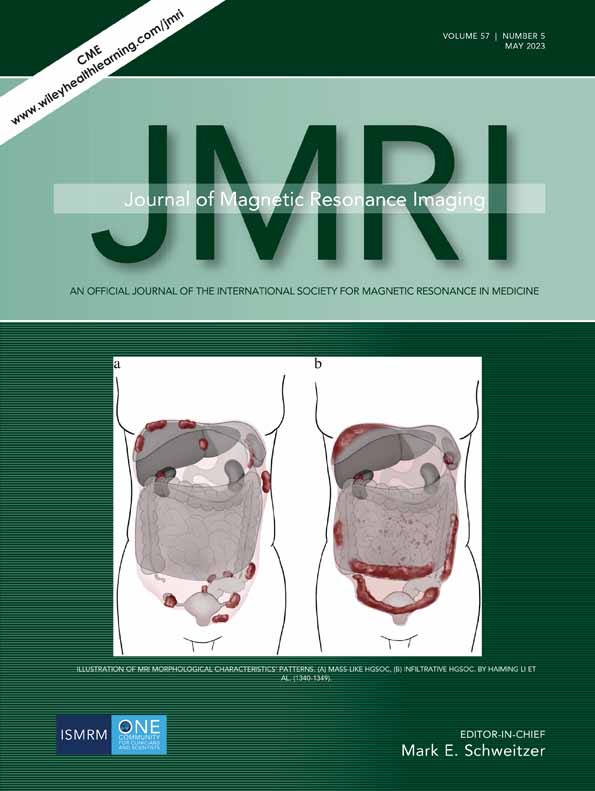Evaluation of Spatial Attentive Deep Learning for Automatic Placental Segmentation on Longitudinal MRI
Grant Sponsors: NIH U01-HD087221
Abstract
Background
Automated segmentation of the placenta by MRI in early pregnancy may help predict normal and aberrant placenta function, which could improve the efficiency of placental assessment and the prediction of pregnancy outcomes. An automated segmentation method that works at one gestational age may not transfer effectively to other gestational ages.
Purpose
To evaluate a spatial attentive deep learning method (SADL) for automated placental segmentation on longitudinal placental MRI scans.
Study type
Prospective, single-center.
Subjects
A total of 154 pregnant women who underwent MRI scans at both 14–18 weeks of gestation and at 19–24 weeks of gestation, divided into training (N = 108), validation (N = 15), and independent testing datasets (N = 31).
Field Strength/Sequence
A 3 T, T2-weighted half Fourier single-shot turbo spin-echo (T2-HASTE) sequence.
Assessment
The reference standard of placental segmentation was manual delineation on T2-HASTE by a third-year neonatology clinical fellow (B.L.) under the supervision of an experienced maternal-fetal medicine specialist (C.J. with 20 years of experience) and an MRI scientist (K.S. with 19 years of experience).
Statistical Tests
The three-dimensional Dice similarity coefficient (DSC) was used to measure the automated segmentation performance compared to the manual placental segmentation. A paired t-test was used to compare the DSCs between SADL and U-Net methods. A Bland–Altman plot was used to analyze the agreement between manual and automated placental volume measurements. A P value < 0.05 was considered statistically significant.
Results
In the testing dataset, SADL achieved average DSCs of 0.83 ± 0.06 and 0.84 ± 0.05 in the first and second MRI, which were significantly higher than those achieved by U-Net (0.77 ± 0.08 and 0.76 ± 0.10, respectively). A total of 6 out of 62 MRI scans (9.6%) had volume measurement differences between the SADL-based automated and manual volume measurements that were out of 95% limits of agreement.
Data Conclusions
SADL can automatically detect and segment the placenta with high performance in MRI at two different gestational ages.
Level of Evidence
4
Technical Efficacy Stage
2
Conflicts of Interest
The authors disclose no potential conflicts of interest.




